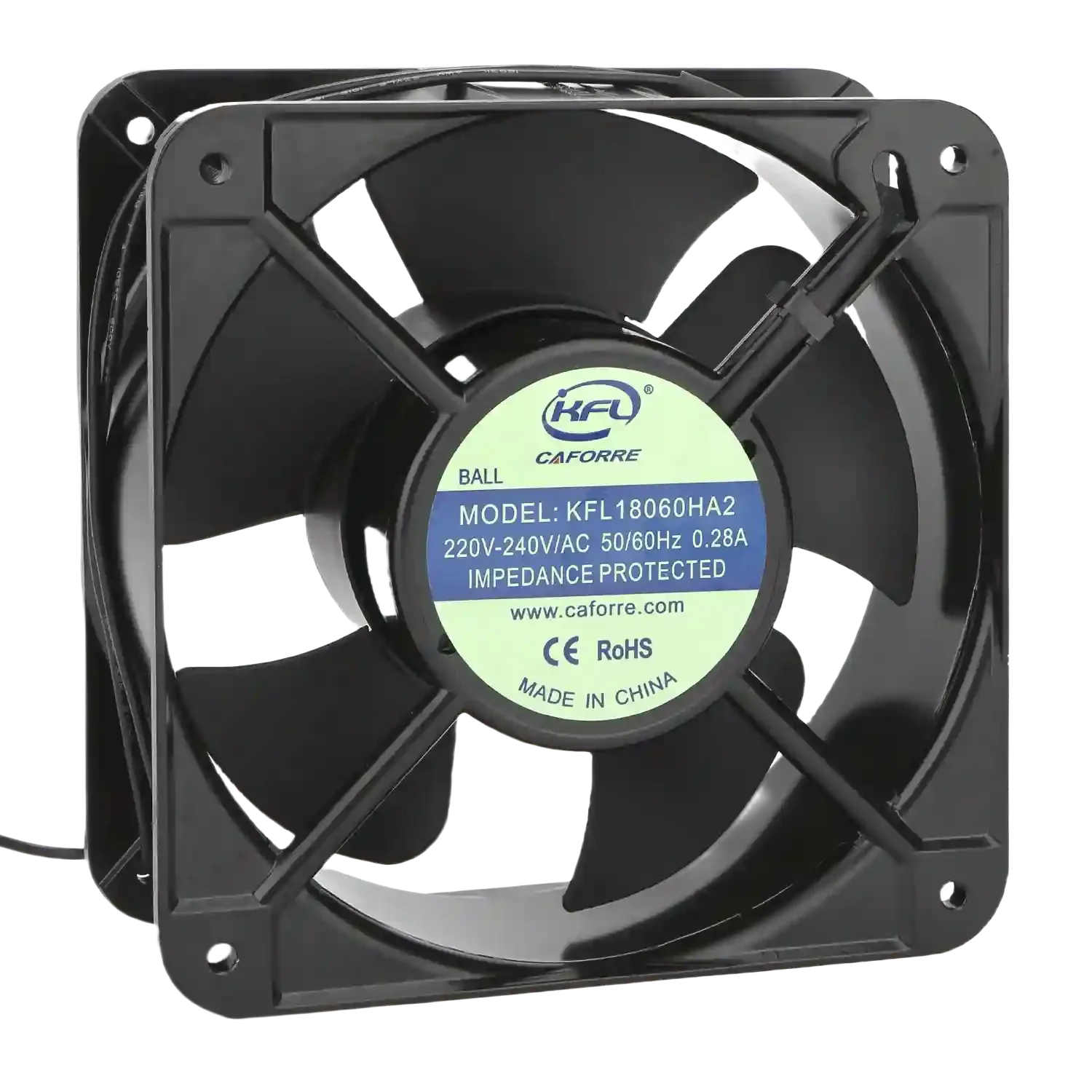Curb scratches on rims are a common nuisance for car owners, often resulting from careless parking or navigating tight spaces. Not only do these scratches detract from the aesthetic appeal of your vehicle, but they can also lead to more severe damage if left unaddressed. Fortunately, fixing curb-scratched rims is a manageable task with the right tools and techniques. In this article, we will explore a step-by-step guide to restoring your rims, ensuring they look as good as new.
Understanding the Damage
Before diving into the repair process, it’s essential to assess the extent of the damage. Curb scratches can vary in severity, from superficial scuffs that only affect the clear coat to deeper gouges that penetrate the metal. Understanding the type of damage will help you determine the appropriate repair method.
- Superficial Scratches: These are light scratches that can often be buffed out with polishing compounds.
- Moderate Scratches: These may require sanding and refinishing to restore the rim's surface.
- Deep Gouges: These will likely need professional repair or replacement, especially if they compromise the structural integrity of the rim.
Tools and Materials Needed
To effectively repair curb-scratched rims, gather the following tools and materials:
- Cleaning Supplies: Soap, water, and a microfiber cloth
- Sandpaper: Various grits (400, 800, and 1200)
- Rim Repair Kit: Includes filler, primer, and paint that matches your rim color
- Polishing Compound: For buffing out minor scratches
- Clear Coat Spray: To protect the repaired area
- Masking Tape: To protect surrounding areas during the repair
Step-by-Step Repair Process
Step 1: Clean the Rim
Begin by thoroughly cleaning the rim to remove dirt, grime, and brake dust. Use soap and water, followed by a microfiber cloth to dry the surface. This step is crucial as it ensures that no contaminants interfere with the repair process.
Step 2: Assess and Sand the Scratches
Once the rim is clean, examine the scratches closely. For superficial scratches, use 1200-grit sandpaper to gently sand the affected area. For deeper scratches, start with 400-grit sandpaper to remove any rough edges, then progress to 800-grit for a smoother finish. Always sand in a circular motion to avoid creating additional scratches.
Step 3: Apply Filler (if necessary)
For moderate to deep scratches, apply a rim repair filler according to the manufacturer’s instructions. Use a putty knife to spread the filler evenly over the damaged area, ensuring it fills the scratch completely. Allow the filler to cure as per the product guidelines.
Step 4: Sand the Filler
Once the filler has dried, sand the area again using 800-grit sandpaper, followed by 1200-grit. The goal is to create a smooth, even surface that blends seamlessly with the rest of the rim.
Step 5: Prime and Paint
After sanding, apply a primer to the repaired area. This step is essential for ensuring that the paint adheres properly. Once the primer has dried, use a paint that matches your rim color to cover the repaired area. Apply multiple thin coats, allowing each coat to dry before applying the next.
Step 6: Clear Coat Application
To protect your repair and restore the rim's shine, apply a clear coat over the painted area. This will help prevent future scratches and UV damage. Allow the clear coat to dry completely.
Step 7: Polish the Rim
Finally, use a polishing compound to buff the entire rim, including the repaired area. This will help blend the repair with the original finish and restore the rim’s overall shine.
When to Seek Professional Help
While many curb scratches can be repaired at home, some situations warrant professional intervention. If your rim has significant structural damage, such as cracks or bends, it’s crucial to consult a professional. Additionally, if you’re unsure about your ability to perform the repair, seeking expert help can save you time and potential further damage.
Conclusion
Fixing curb-scratched rims is a rewarding DIY project that can save you money and enhance the appearance of your vehicle. By following the steps outlined in this guide, you can restore your rims to their former glory. Remember to assess the damage carefully, gather the right tools, and take your time during the repair process. With a little patience and effort, you can revive your ride and enjoy a flawless finish on your wheels.

